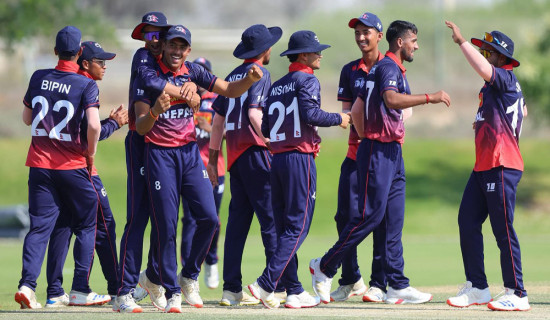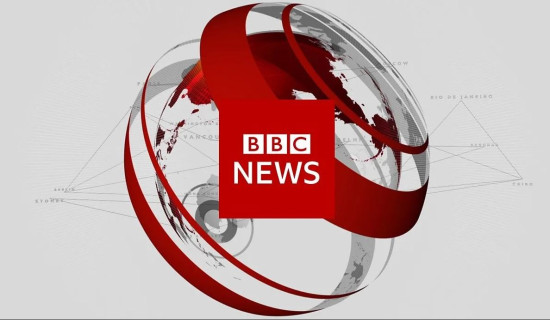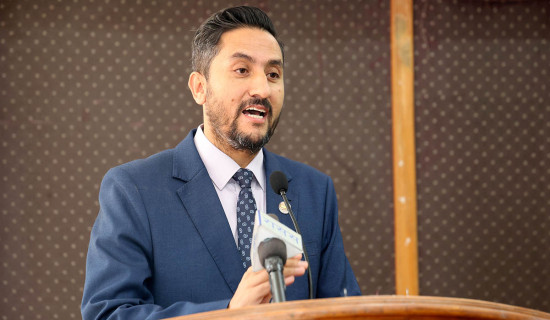- Wednesday, 17 December 2025
Keep Conflicts At Bay
Human resources is an essential element of any organisation or system. It is significant because the mobilisation of other resources hinges on it. Proper use of human resources therefore counts much for the organisation to realise its goals. In any system, it is a major driver to forward development activities and ensure smooth services. Human resource management essentially comes on top for any leadership to run the organisation. Whether it is a public or private institution, the absence of effective human resource management dents much of its value and image. Human resource management consists of various stages ranging from the acquisition of employees, utilisation of their skills and talent, capacity building, and promotion to the guarantee of a graceful exit.
Any leader in the political, civil, military, or other fronts faces challenges of human resource management irrespective of the nature of his organisation/system. Needless to say, the military organisation has relatively tough rules while corporate and civil institutions enjoy a soft atmosphere. However, they cannot brush aside the smooth workforce management to achieve their goals. Decent and harmonious relations among employees with the realisation of personal duty and responsibility lead to collective well-being and achievement of targets. However, we sometimes see tussles among employees, and between employee/s with the management. Suppression of legitimate collective bargaining of employees with organisation leadership not only disrupts daily services but also incurs a severe loss.
The legal rights of employees must be paid heed so that the workforce can be leveraged for collective well-being, profit and institutional image. In addition, the employees sometimes face ill-treatment at the hands of leaders' highhandedness and short-sightedness. Eccentric and esurient personality often results in difference, disagreement, and even debacle. In this connection, recently a horrible incident was reported in the media that a people's representative at a local level assailed an office staff over a minor dispute. It was about preparing a bill on expenses made in a programme. The staff denied or delayed preparing the bill despite repeated orders, prompting the leader to attack him.
It may however not be the first case of such a clash that has occurred between the employees and people's representative. With federalism in a place where there are three tiers of government, the Singh Durbar, the central power of the country, has been devolved to the subnational governments - provincial and local. These subnational governments require numerous civil employees to carry out the work ranging from daily administrative services to project planning and enforcement. But, the conflict between the people's representative and a civil employee gives a wrong message. After the non-gazetted employee was beaten up, the incident went viral on social media, courting severe criticism. Sympathy poured into the victim, while the assailant was berated much. The concerned group of employees staged a protest as well.
If the local government, considered closest to the people, is mired in disputes, its services are badly disrupted. They further contribute to bad repute of the people's representatives and local level, and lower the morale of employees. Human resource management must be taken seriously. Unless there is harmony between people's representatives and civil employees, the government's activities see sheer obstruction, thereby fuelling public disenchantment. It is therefore high time both sides are engaged in meaningful discussions and dialogues to create an amicable atmosphere essential for the smooth functioning of administration and development works. Only mutual trust, respect and harmony can result in synergy.



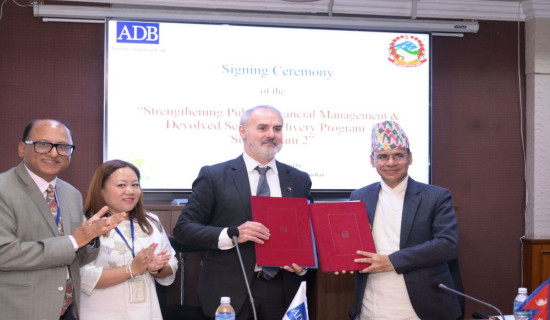
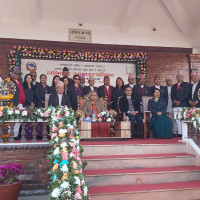
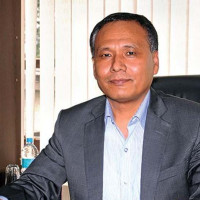
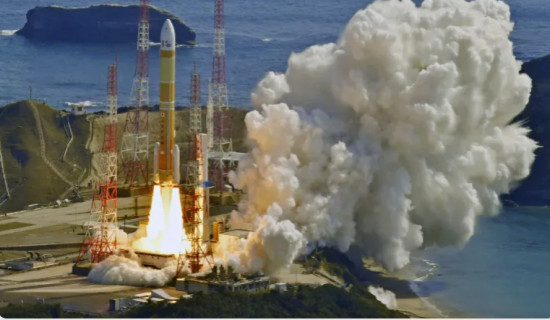
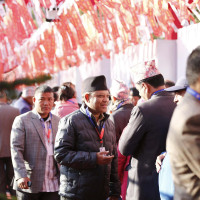
-square-thumb.jpg)
